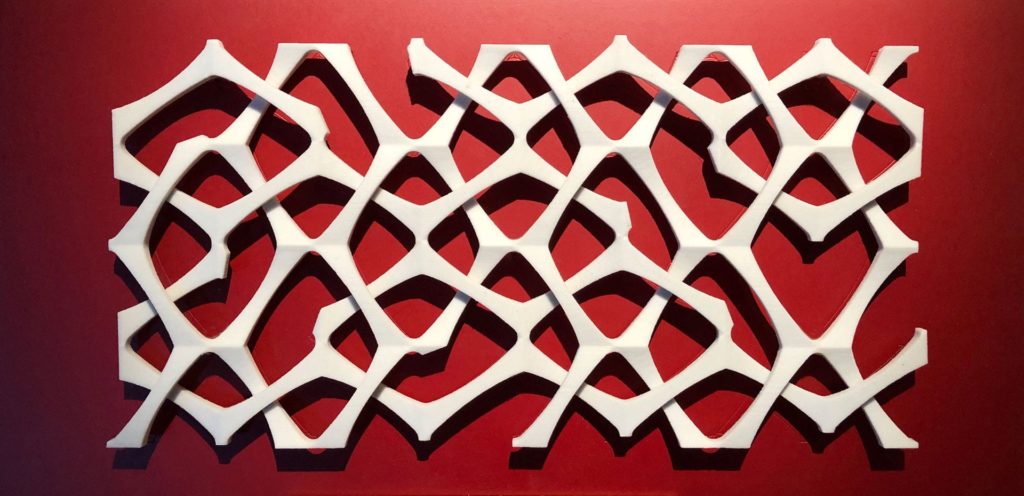
Alejandro de la Vega Zulueta’s work as both an artist and architect transpires in parallel. When stuck on an architectural project, he often turns to his drawings and the manipulation of forms as a path to liberating his mind to overcome a sort of architectural equivalent of writer’s block.
“My inspiration is often derived from the process of problem-solving, but I am never far from architecture,” he explains. “If I am working on office design and I encounter a space that needs to be filled, I start to imagine how different shapes and forms can fill that void.”
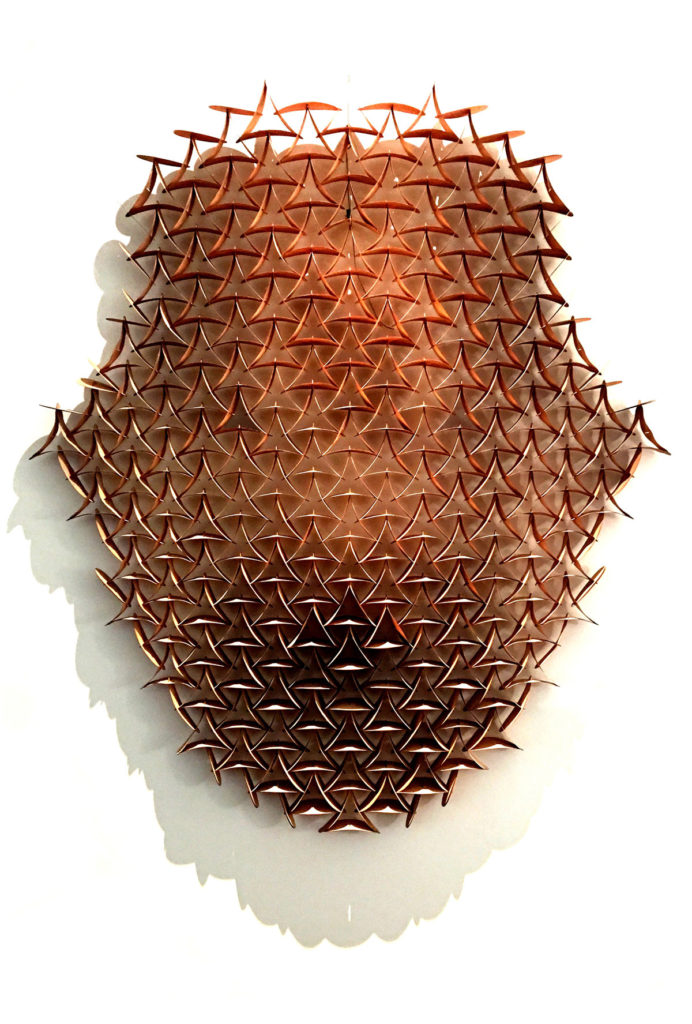
De la Vega Zulueta approaches his art as a function of what he sees, what he intends to build, and the materials that he has in mind. With drawings and sketches in hand, he leverages the power of modern technology, using digital techniques to bring his designs to life through parametric diagrams and 3D printing. Infusions of light then create variations of form, resulting in unexpected contours that animate his multifaceted sculptures.
“Architecture without light is just a dark space,” says de la Vega Zulueta. “But by strategically placing light on the pieces, I am able to control the shadows and volume of the work.”
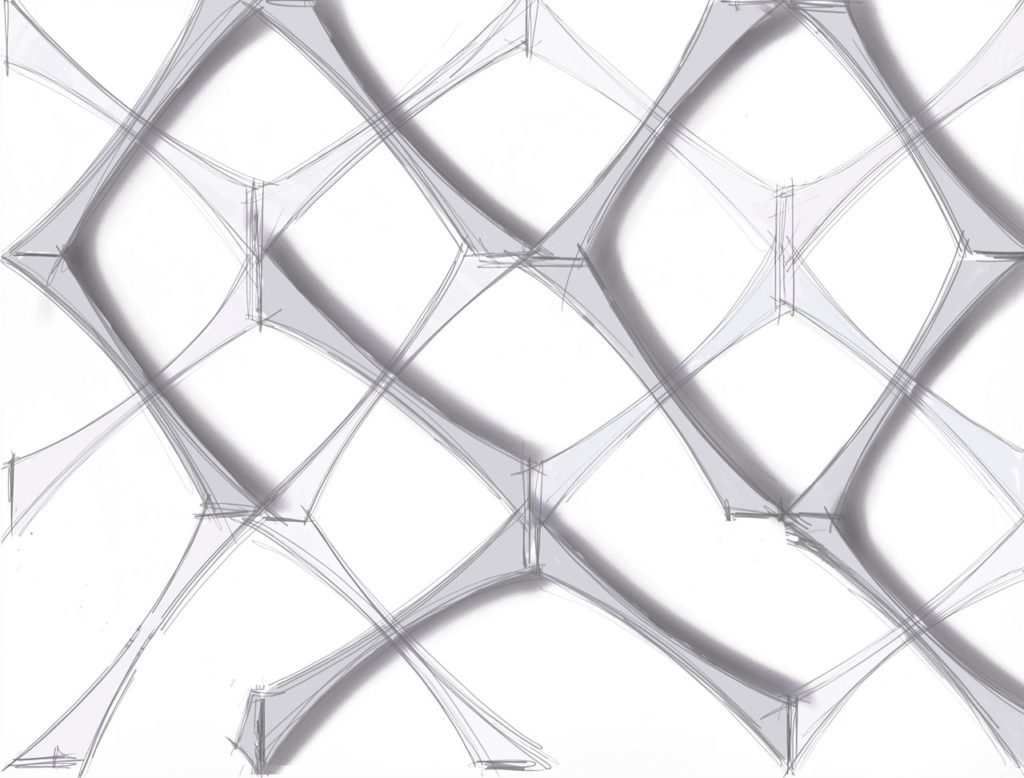
That process can be seen in de la Vega Zulueta’s commissioned work for Mexico’s San Lazaro Legislative Palace Chamber of Deputies, where manipulations of his flowing Silhouette sculpture evolved into a wall-mounted work entitled Chaos and Order. Using white concrete in variations of the original form, and a contrasting vermillion background, de la Vega Zulueta was able to position pieces into a pattern of ‘organized chaos’. Rectangular light patterns create shadows that accentuate the multiple elements of the work, reflecting his interpretation of the chamber’s day-to-day interactions.
With the evolution of technology, the artist and architect has immersed himself in a new combination of art and science. Applicable to any material, including carbon steel, wood, sandstone and much more, his parametric designs can produce 60, 600, or 6,000 similar pieces, all with slight geometric variations.
“In the past, architecture taught us that everything must be modular, like in the use of even-sized bricks in the construction of a façade,” he explains. “But new technologies and techniques have allowed us to break free of what we were taught, opening the door for building things where every piece is slightly different.”

The artist’s Rostro and Cempazuchitl sculptures exhibit the artistic magic of using multiple pieces, all slightly different in size and form and held together by free-flowing tension. Partial laser cuts provide the materials with flexibility, allowing each piece to flow into the next, while strategic lighting provides the shadows that bring it all to life.
In the marriage of art and architecture, Alejandro de la Vega Zulueta sees possibilities as limitless as the imagination. He continues to apply his parametric sculpturing techniques to new materials and new ideas, while envisioning ways to apply his works of art to his architectural works in progress.
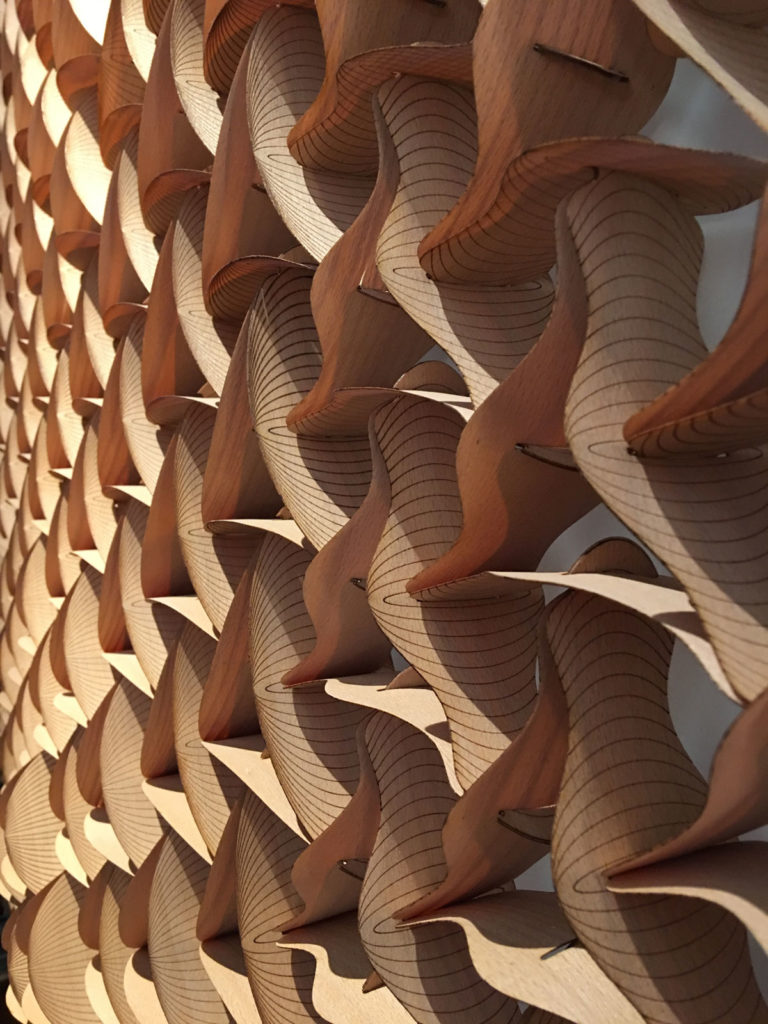

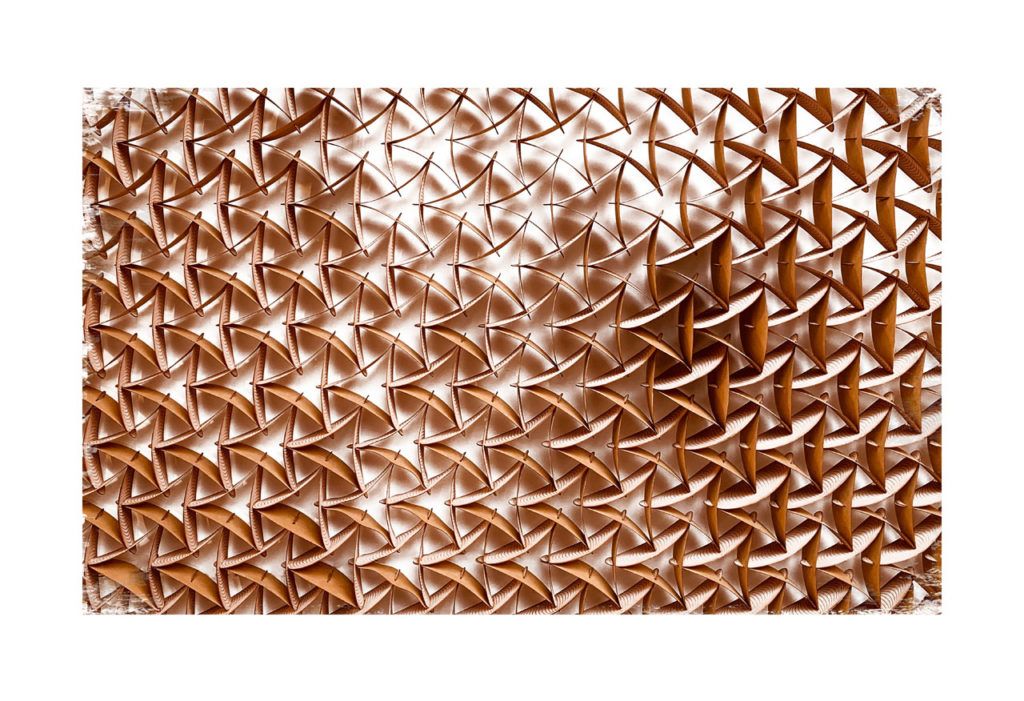

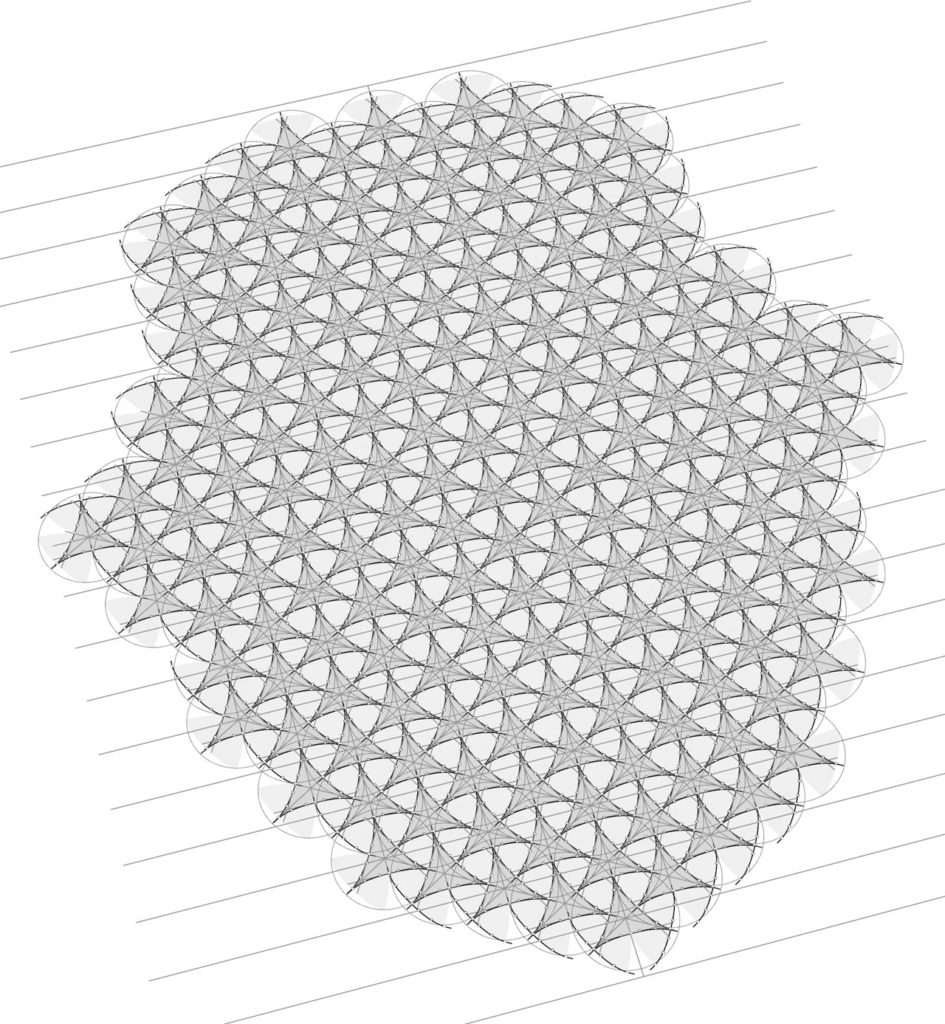
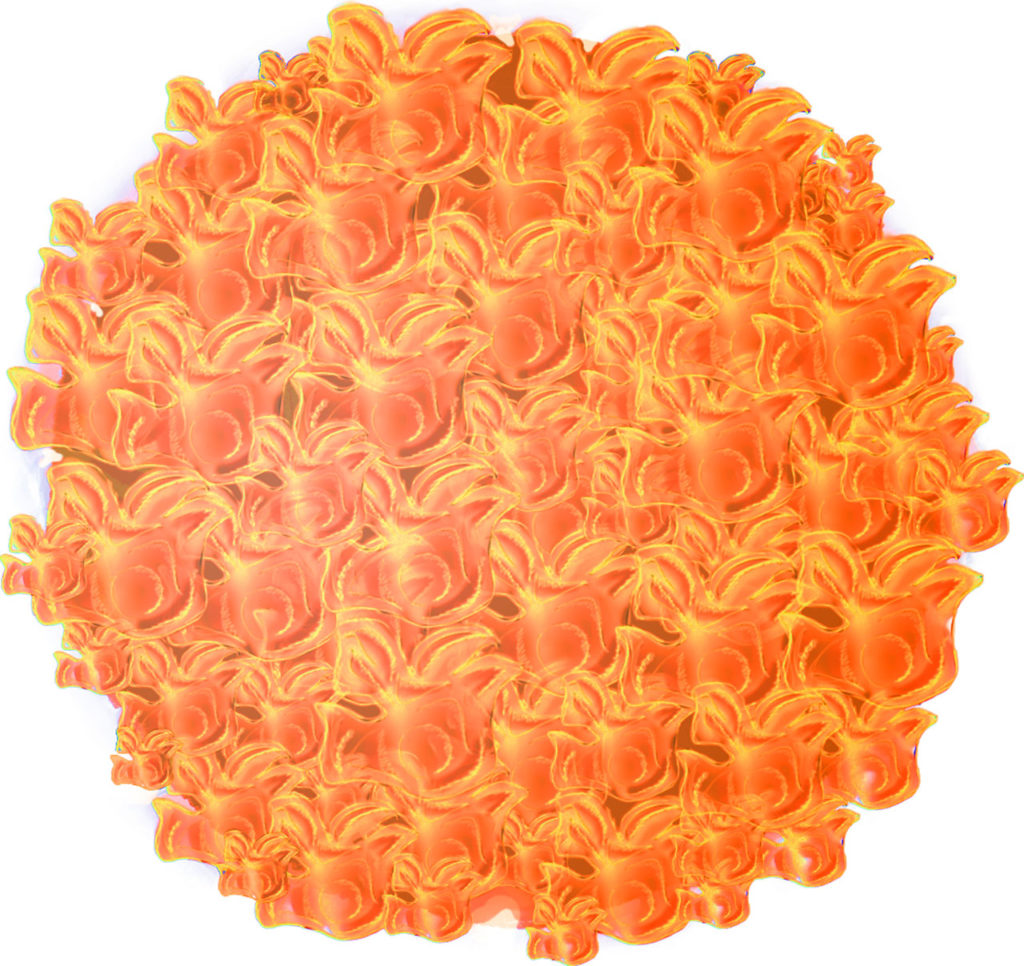
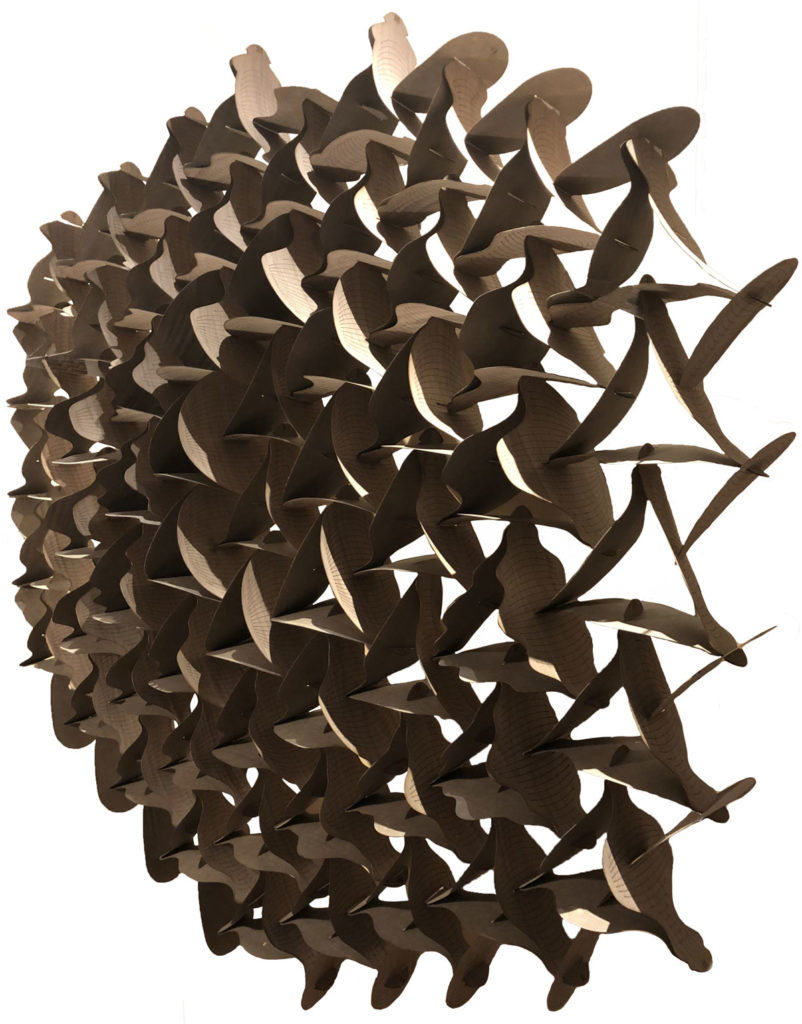




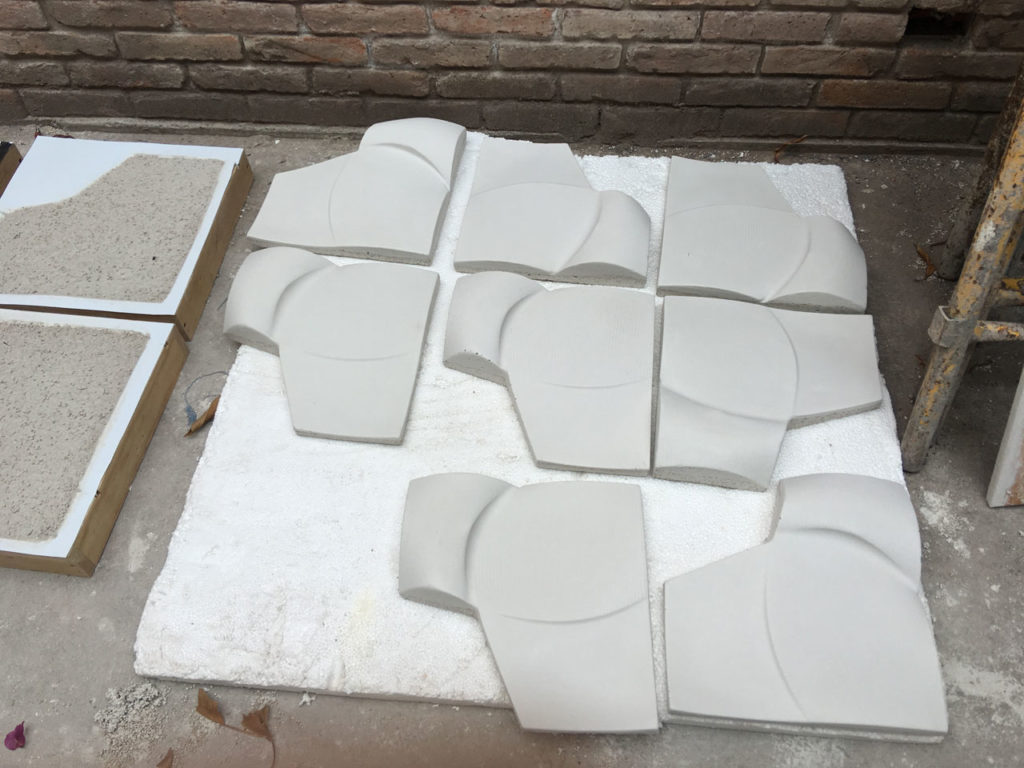


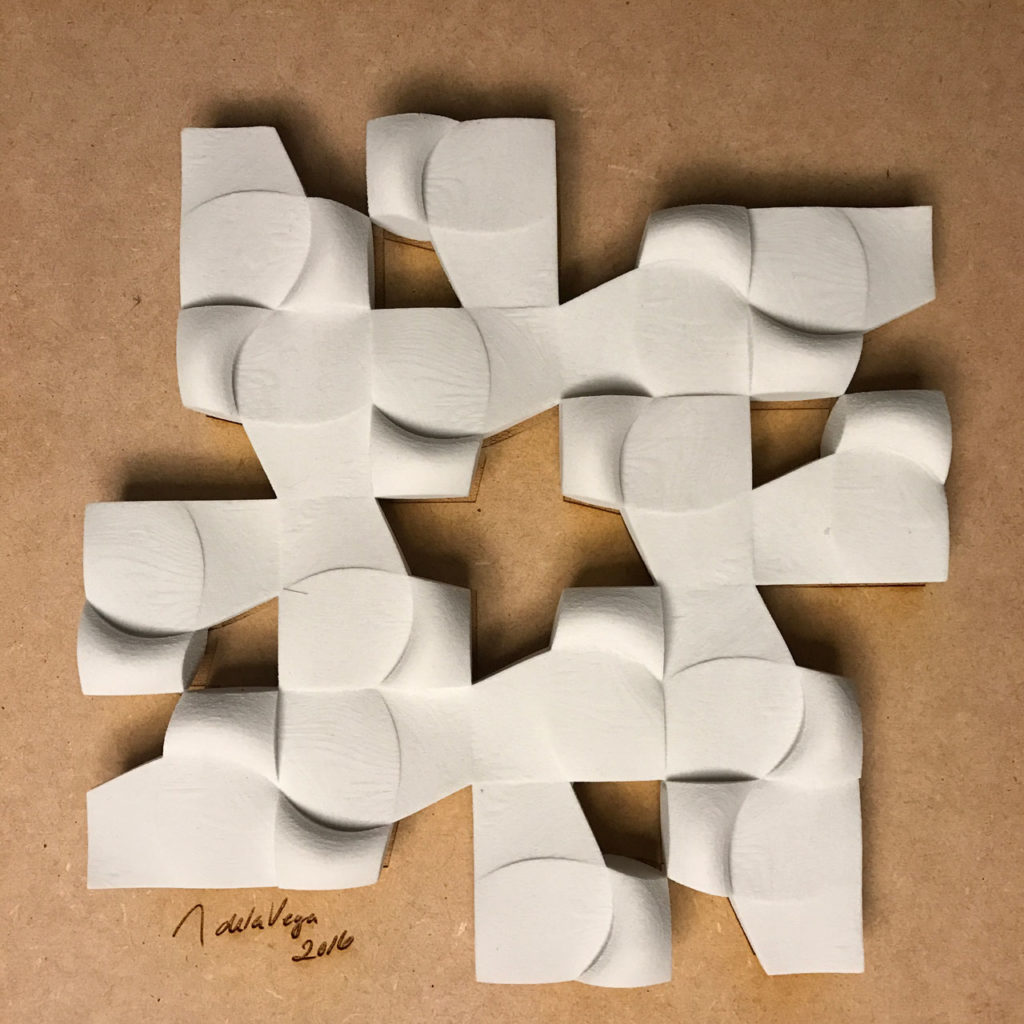
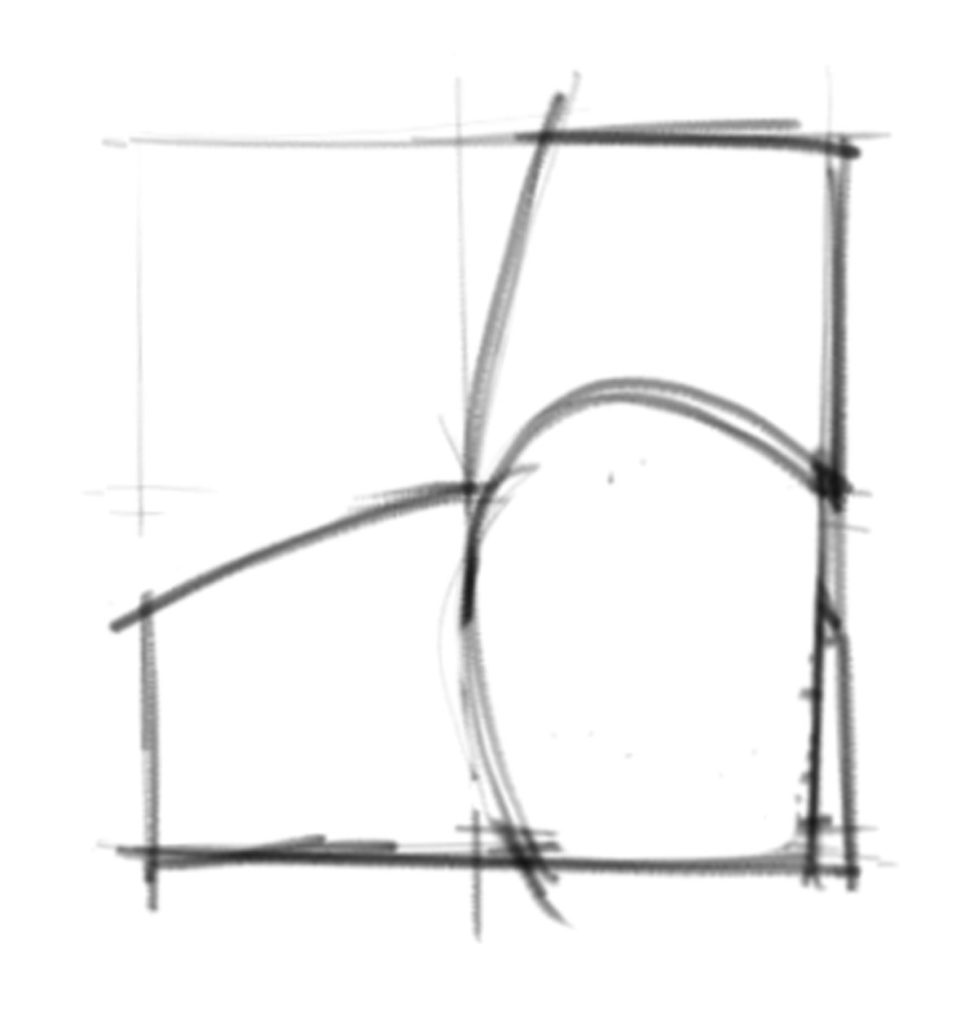

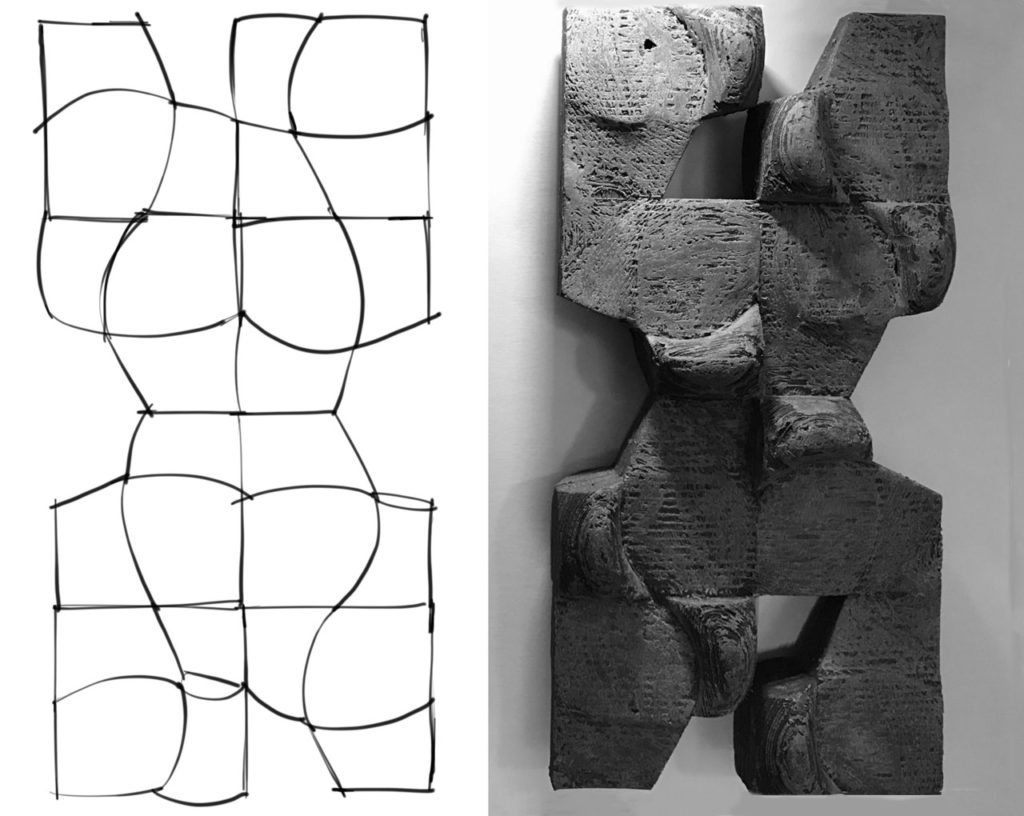
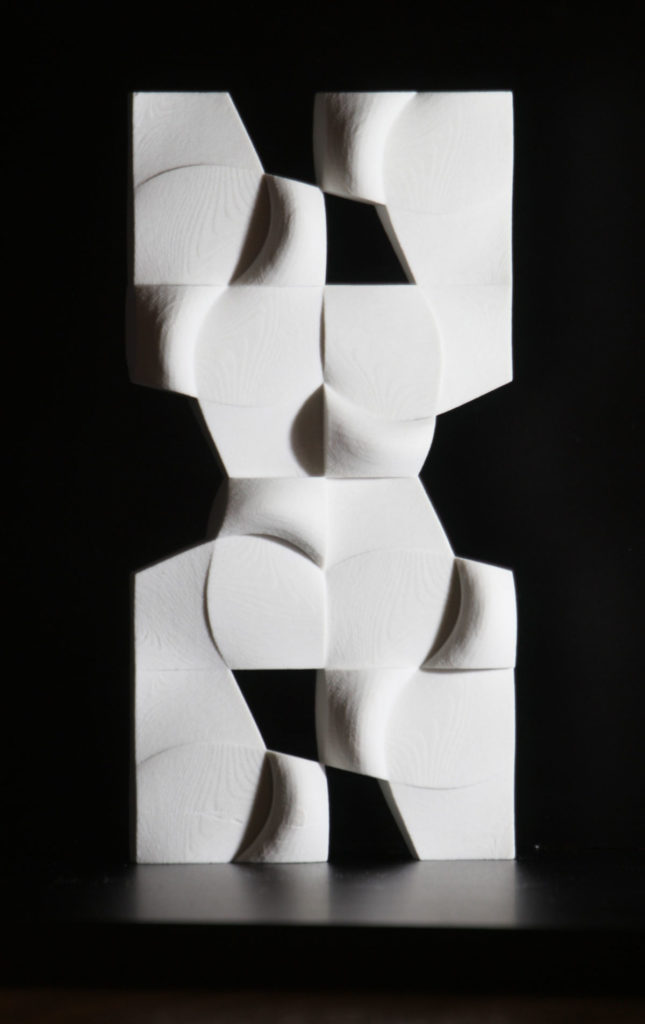

About Alejandro de la Vega Zulueta - estereotomia
Founded in 2010 by Alejandro de la Vega Zulueta, Estereotomia is an extension of the award-winning architect’s devotion to the marriage of art, interior design, and architecture. The practice has established itself through a diverse portfolio of projects, including high-end restaurants, museums, corporate offices, and urban spaces, with a particular focus on space, lifestyle, and function in the creation of exceptional experiences.
Estereotomia also takes the artwork of Alejandro de la Vega Zulueta to new heights, incorporating his sculptures and parametric designs as an added layer of refinement to his architectural projects. His art, both conventional and digital, involves the manipulation of shapes, light, and shadows as finishing touches to works of metal, concrete, wood, plastic, and more. His marriage of art and architecture is prominent in Estereotomia’s vast portfolio of projects, including the sculpted fencing of historic San Jacinto Square, and the sophisticated design of an apartment in the Antigua complex in the Santa Fe district of Mexico City.
Alejandro de la Vega Zulueta is also a design principal with Entasis Architects, a highly-acclaimed firm founded in 1987 in partnership with Ricardo Warman. Entasis’ level of sophistication and refinement has distinguished the firm among Mexico’s top designers and has earned the partners numerous accolades for their work.
comments